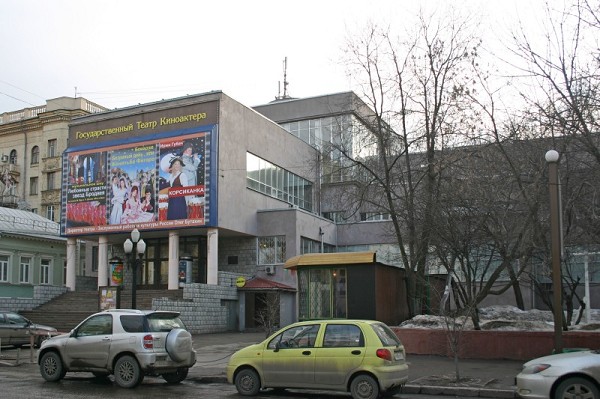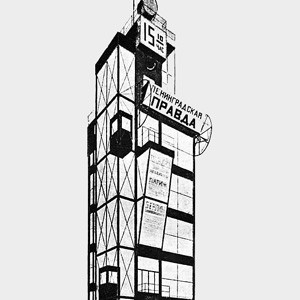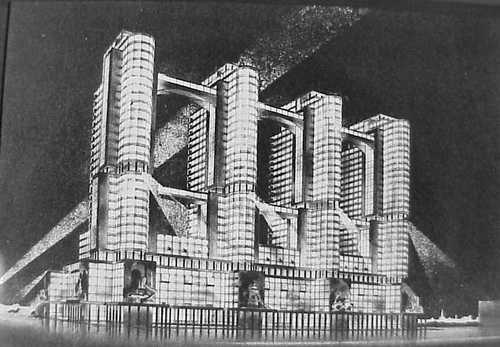<Back to Index>
- Architect Leonid Aleksandrovich Vesnin, 1880
- Architect Viktor Aleksandrovich Vesnin, 1882
- Architect Aleksander Aleksandrovich Vesnin, 1883
PAGE SPONSOR
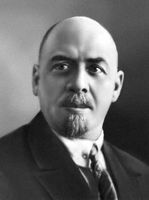
Leonid Aleksandrovic Vesnin (Леони́д Александрович Веснин) (1880, Nizhny Novgorod – 1933, Moscow), together with his brothers Aleksandr Aleksandrovic Vesnin and Viktor Aleksandrovic Vesnin, was a leading light of Constructivist architecture.
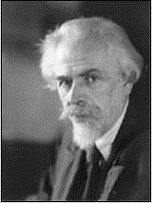
Viktor Aleksandrovich Vesnin (Russian: Виктор Александрович Веснин, 1882 – 1950), was a Russian Soviet architect. His early works (1909 – 1915) follow the canon of Neoclassicist Revival; in 1920's, he and his brothers Leonid (1880 – 1933) and Alexander (1883 – 1959) emerged as leaders of Constructivist architecture, the Vesnin brothers. After the crackdown on Constructivism in 1931 - 32 and until his death, Viktor Vesnin was the highest ranked architect in the Soviet system, heading the Union of Soviet architects and the Academy of Architecture. As lead architect for heavy construction, he supervised many industrial projects, but his own visionary drafts of this period never materialized.
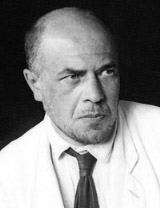
Alexander Aleksandrovic Vesnin (Russian: Александр Александрович Веснин) (1883, Yuryevets – 1959, Moscow), together with his brothers Leonid Aleksandrovic Vesnin and Viktor Aleksandrovic Vesnin, was a leading light of Constructivist architecture. He is best known for his meticulous perspectivist drawings such as Leningrad Pravda of 1924.
In addition to being an architect, he was a theater designer and painter, frequently working with Lyubov Popova on
designs for workers' festivals, and for the theater of Tairov. He was
one of the exhibitors in the pioneering Constructivist exhibition 5x5=25 in 1921. He was the head, along with Moisei Ginzburg, of the Constructivist OSA Group.
Among the completed buildings designed by the Vesnin brothers in the
later 1920s were department stores, a club for former Tsarist political
prisoners as well as the Likachev Works Palace of Culture in Moscow.
Vesnin was a vocal supporter of the works of Le Corbusier, and acclaimed his Tsentrosoyuz building
as 'the best building constructed in Moscow for a century'. After the
return to Classicism in the Soviet Union Vesnin had no further major
projects.
